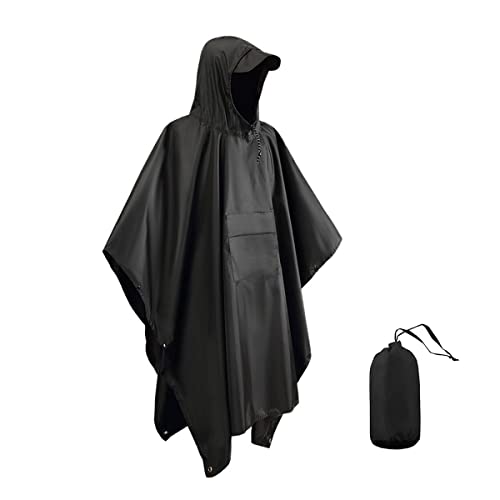Choosing the Right Type of Coat for Outdoor Activities
When it comes to outdoor activities, having the right coat can make all the difference in your comfort and performance. Whether you’re hiking, skiing, or simply going for a walk in the park, there are certain features and materials that you should look for in a coat. In this article, we’ll explore the different types of coats that are best suited for various outdoor activities.
The Importance of Breathability
One of the most important factors to consider when choosing a coat for outdoor activities is breathability. Breathability refers to the ability of the fabric to allow moisture vapor to escape, keeping you dry and comfortable. This is especially important during high-intensity activities where you may be sweating. Look for coats that are made from breathable materials, such as Gore-Tex or eVent, which have small pores that allow moisture to escape but are still waterproof.
Insulation for Warmth
Another key consideration when choosing a coat for outdoor activities is insulation. Insulated coats are designed to trap body heat and keep you warm in cold conditions. The type and amount of insulation can vary, so it’s important to consider the temperature and activity level of your outdoor pursuits. Down insulation offers excellent warmth-to-weight ratio and is compressible, making it ideal for cold and lightweight activities. Synthetic insulation, on the other hand, retains warmth even when wet, making it a good option for wet or damp conditions.
Weatherproofing for Protection
Weatherproofing is another essential feature to look for in a coat for outdoor activities. A coat with good weatherproofing will keep you dry and protected from the elements. Look for coats that have a waterproof or water-resistant outer shell, sealed seams, and adjustable cuffs and hoods to keep rain, snow, and wind out. Additionally, coats with a DWR (Durable Water Repellent) coating will help water bead and roll off the fabric, keeping you dry in light rain or snow.
Consider Activity-Specific Features
In addition to breathability, insulation, and weatherproofing, it’s also important to consider activity-specific features when choosing a coat for outdoor activities. For example, if you’re a hiker, you may want a coat with multiple pockets for easy access to essential items, a hood that can be adjusted for optimal visibility, and underarm vents for added breathability during intense hikes. If you’re a skier, you may want a coat with a powder skirt to keep snow out and a helmet-compatible hood for added protection.






